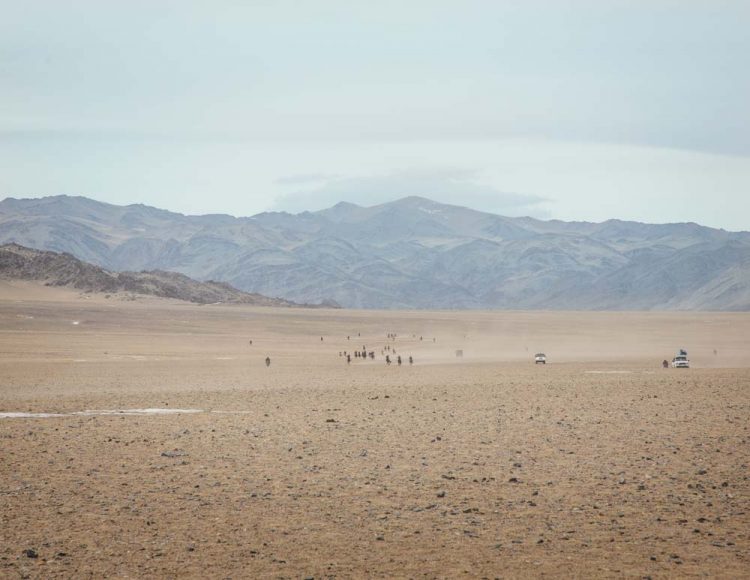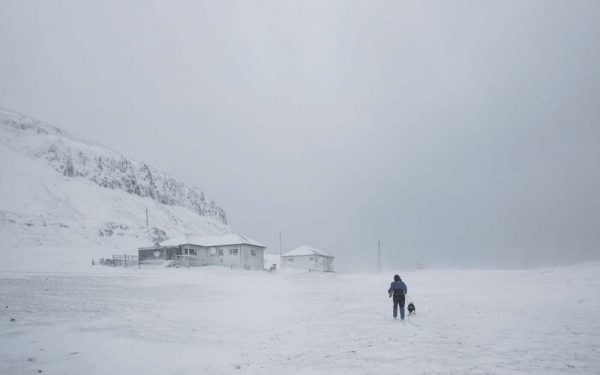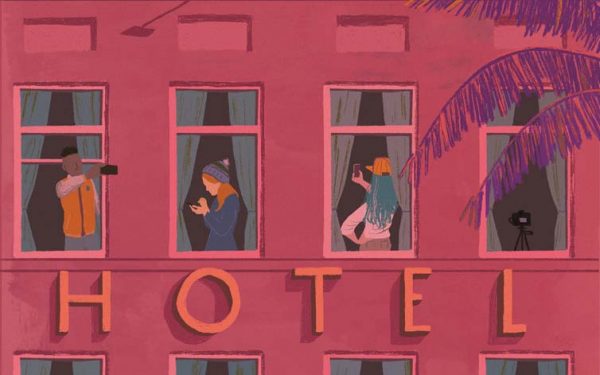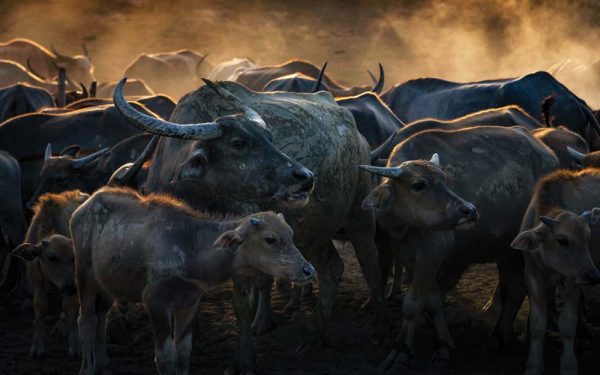For many of us, comfort comes with the banality of routine, of living within the confines of a societal structure that we recognise and, if not respect, then at least fairly easily rub along with.
But what happens when that security is stripped away? Can we find ourselves, again? Or even recognise one’s self in an entirely new setting?
“I was at a point in my life in Australia where I believed I had created some sort of a life or false security for myself and most of it eroded away in a matter of months,” says John Feely. The photographer had worked as an assistant to bigger commercial photographers in the country, as well as stints as a behavioural advisor in education and youth detention.
A series of events led him to book a ticket to Ulaanbaatar, Mongolia – where he stayed for a series of months in an attempt to live in a way that was less about planning and assurances than Western society. Feely’s methods may have been crude: “I literally picked out a place on a map that I knew was traditional and booked a ticket to the most remote airport possible,” he says – but the payoff was great.
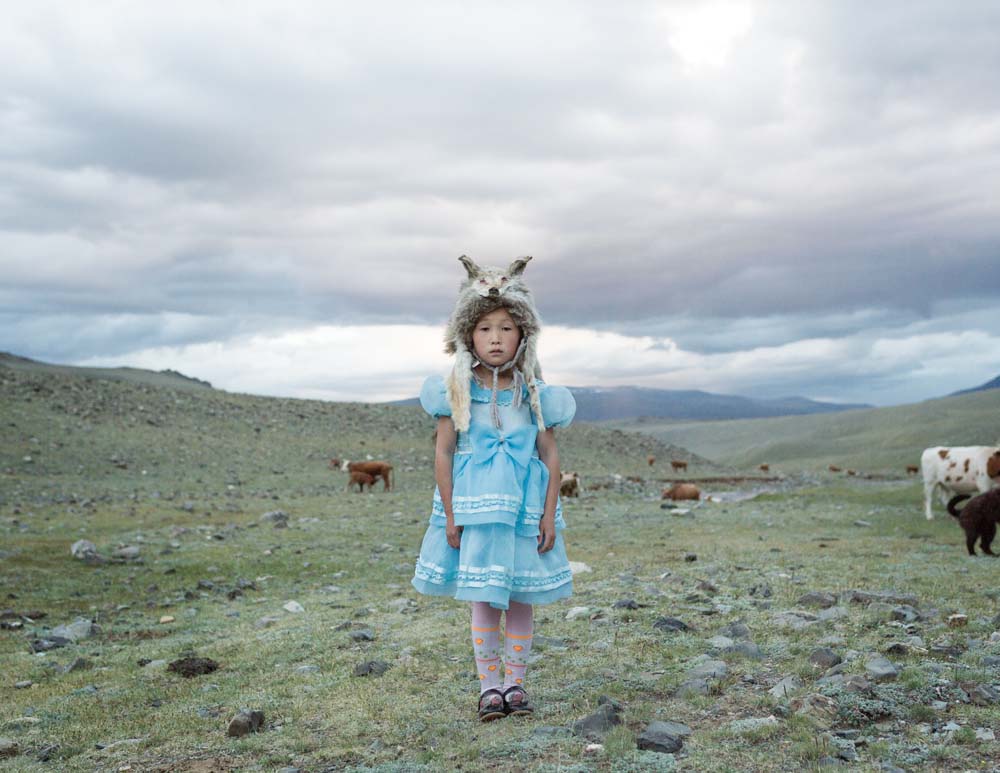
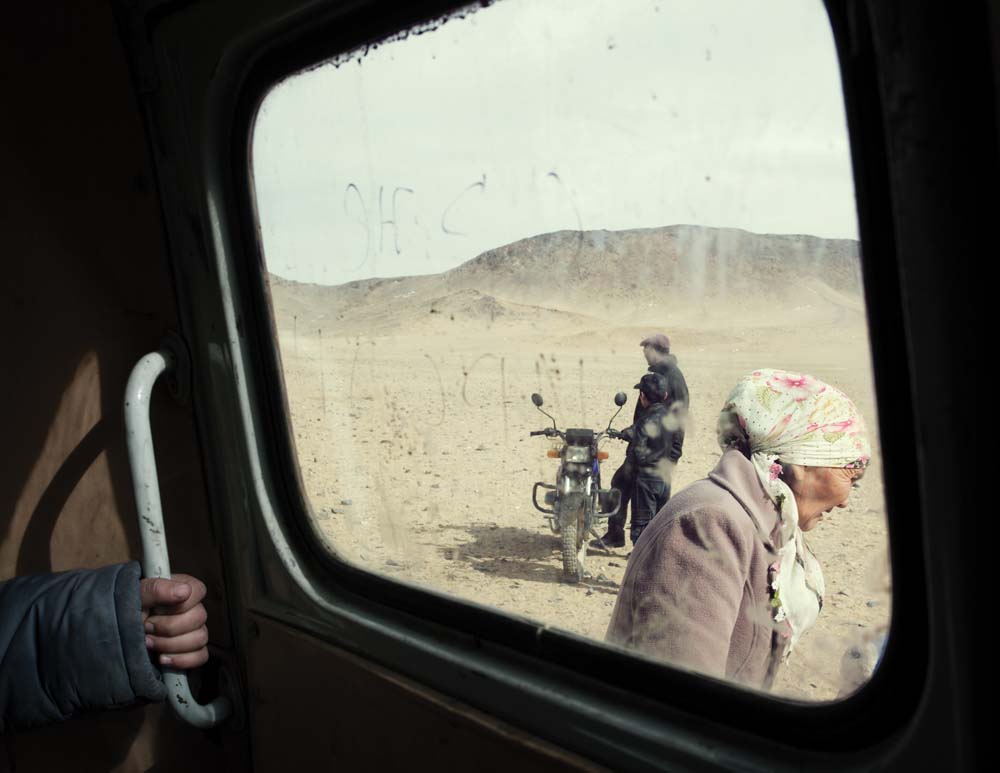
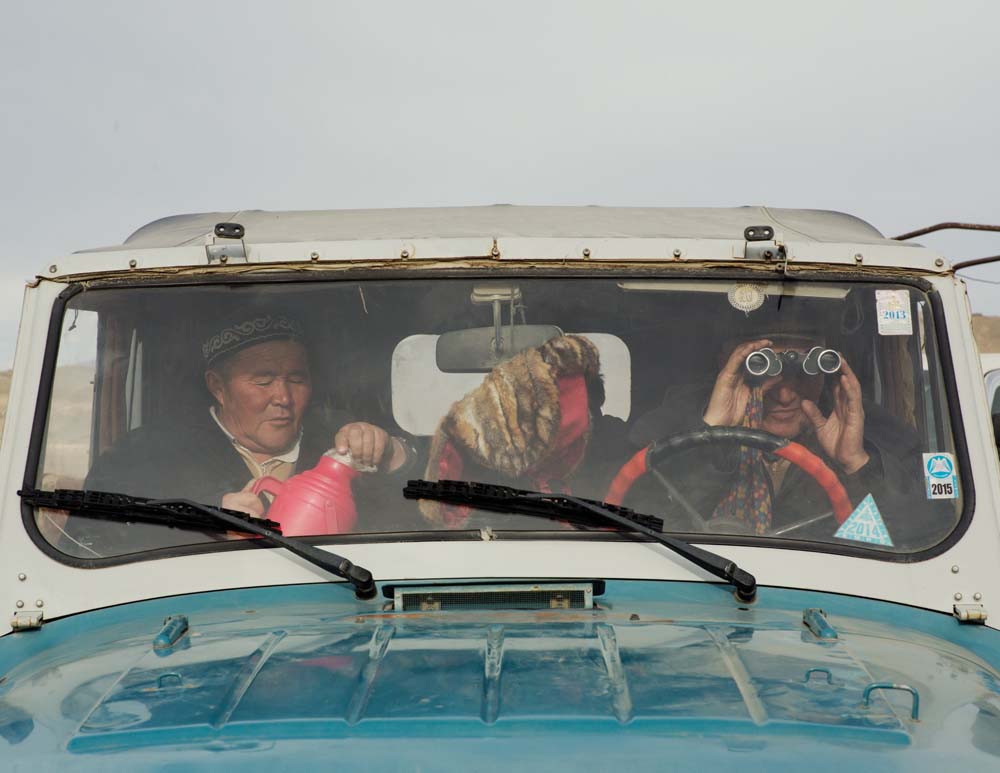
The Outsider – a photographic record of his personal journey through Mongolia – was recognised by the jury of the LensCulture Emerging Talent Awards and saw him win Australia’s Top Emerging Photographer for that year, also being displayed at the Gaffa Gallery in Sydney.
Part of its appeal is the lack of intent behind the project, with Feely instead concentrating on truly immersing himself within an entirely new type of society. “I made a deal with myself not to have any plans after arriving at the airport,” he says. “Before I went to Mongolia I knew that people lived there in a traditional way. That was pretty much it. Part of the reason I went there was because I knew nothing about it and because I couldn’t speak the language, so I knew I’d need to just observe what was going on around me.
“I didn’t have a particular project in mind, because my reasons for going were not primarily photographic. I don’t think making projects for purely photographic reasons is ever very effective. However it was, and is, photography that creates the situations that allow me to engage with parts of the world I otherwise wouldn’t. So it’s kind of a circular relationship, and the photographs are kind of what happens along the way.”
Feely’s approach was one of intuition and observation, leading the series to construct itself as his months slowly unfurled in Western Mongolia.
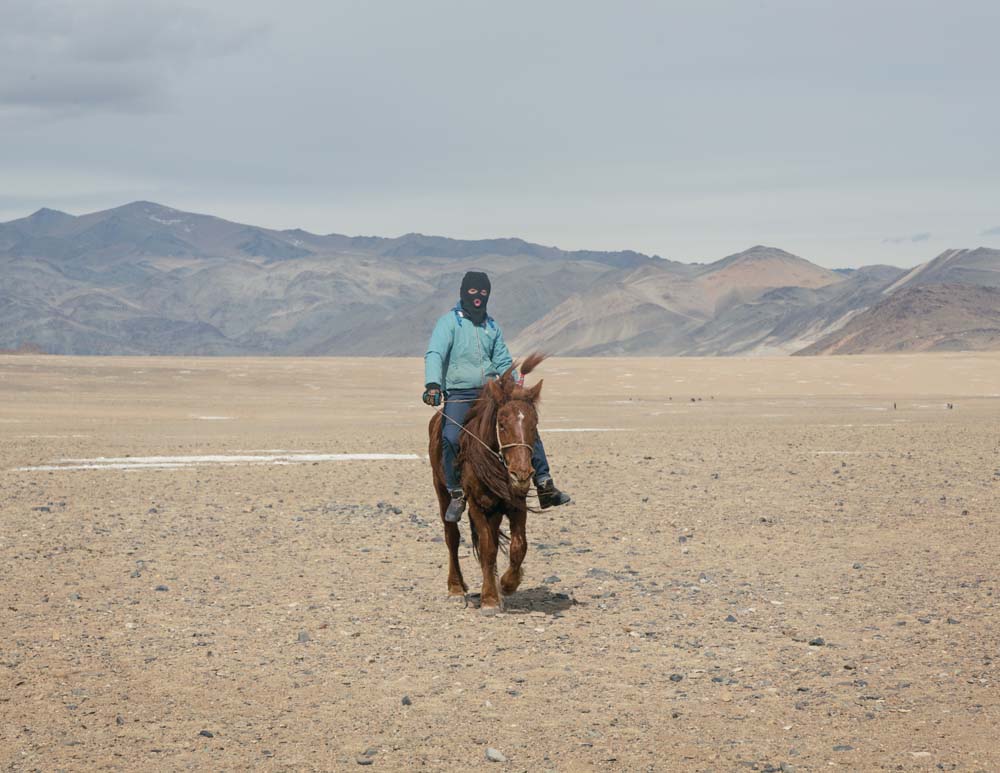
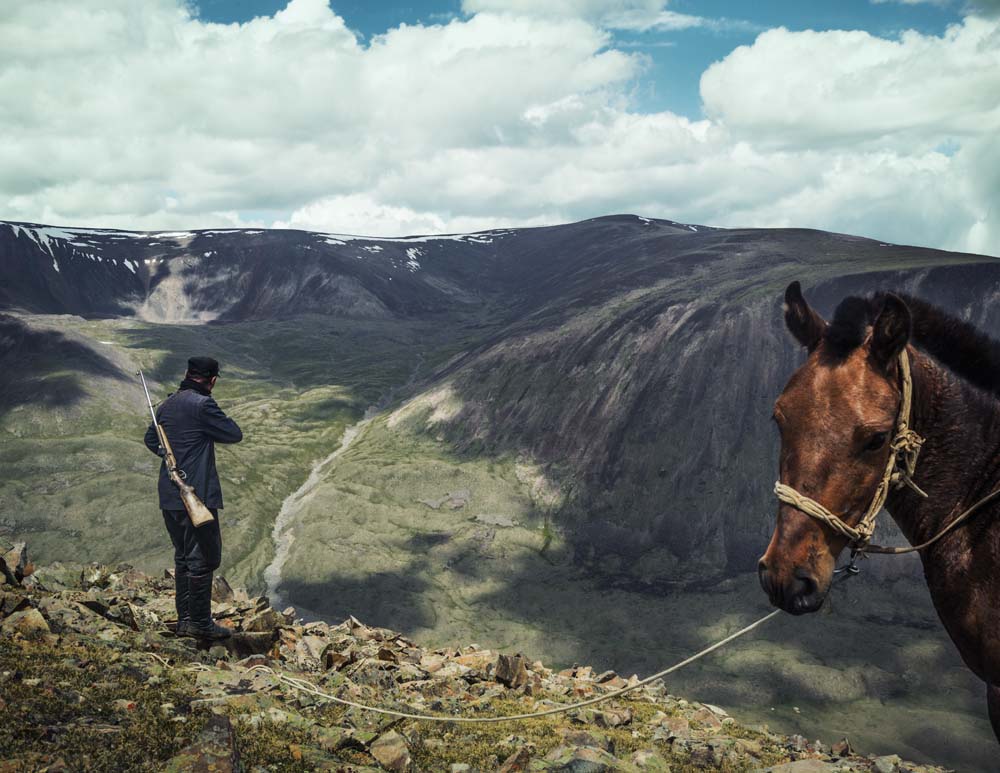
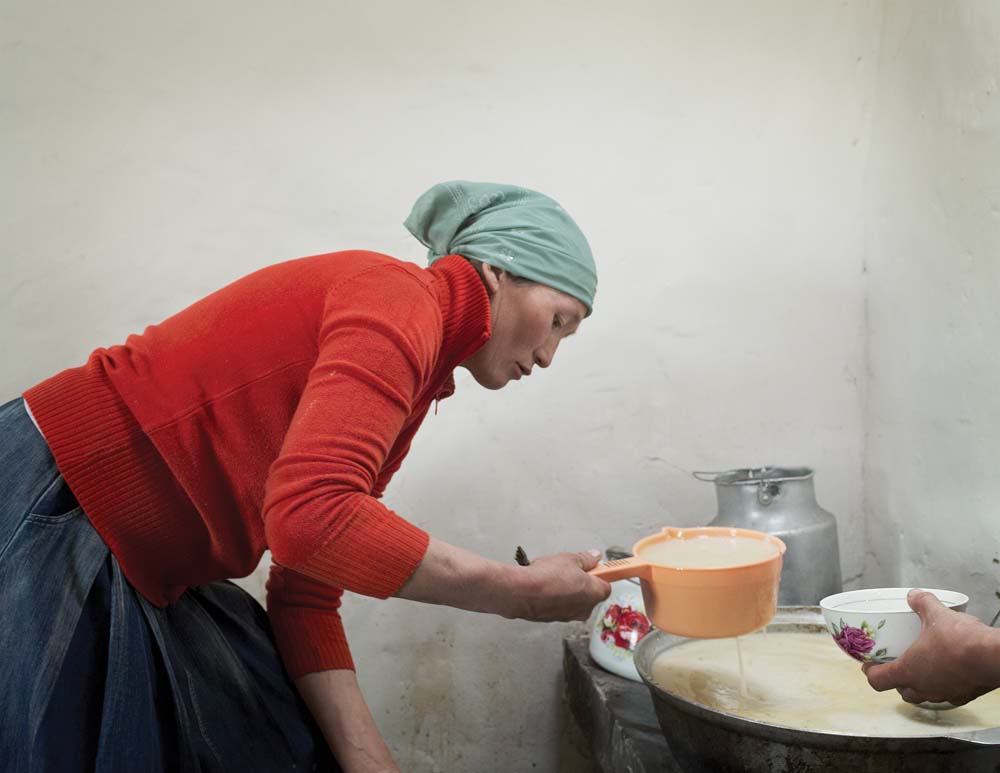
“I’ve always been very sceptical about how true you can be to a place if you arrive there with a story already in mind,” he says. “It automatically filters the way you see and means you spend your time reinforcing your own idea instead of observing and receiving what is around you. It diminishes a place’s capacity to speak to you and for you as a photographer to listen to it.”
Elements of a considered mise-en-scène are juxtaposed with a more observational style, the contrast of both a comment on the real and fantastic nature of the wild surroundings.
“One of the most powerful things about documentary-based work is that you can do this within reality, nothing needs to be created, it just needs to be noticed, so I try to leave objects in and work with layers where I can,” says Feely.
“Also, I made this work for a non- Mongolian audience, so I wanted to share the euphoria of what it is like to live in nature, how it effects our relationships with each other etc. It felt surreal to me because anything always seemed possible, in every moment. Life up there responds to the environment, it doesn’t try to control it. I feel like this feeling is somehow embedded in the work too.”
ALL IMAGES BY JOHN FEELY / johnfeely.net

